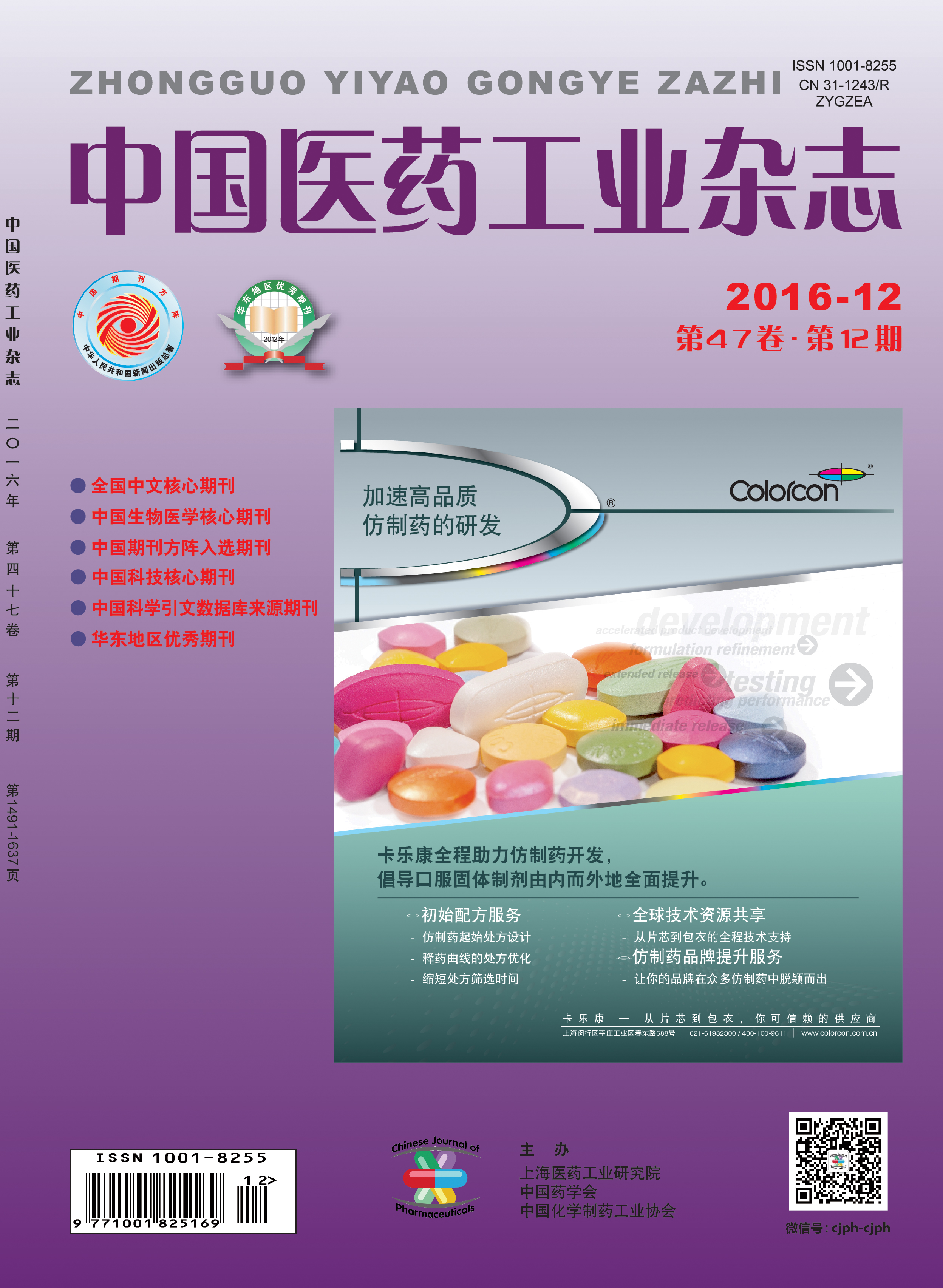ZHOU Fugang, DAO Shuo, MA Yuxiu, LIU Yang, LIU Chunlei
To perform the quality control of ticagrelor and study the metabolic pathway of the drug in vivo, two metabolites of ticagrelor, AR-C133913XX[(1S,2S,3R,5S)-3-[7-amino-5-propylthio-3H-1,2,3-triazolo [4,5-d]pyrimidin-3-yl)-5-(2-hydroxyethoxy)cyclopentane-1,2-diol] and AR-C124910XX[(1S,2R,3S,4R)-4-[7-[(1R,2S)-2-(3,4-difluorophenyl) cyclopropylamino]-5-propylthio-3H-1,2,3-triazolo[4,5-d]pyrimidin-3-yl]cyclopentane-1,2,3-triol] were prepared. Their structures were confirmed by NMR and ESI-MS.
